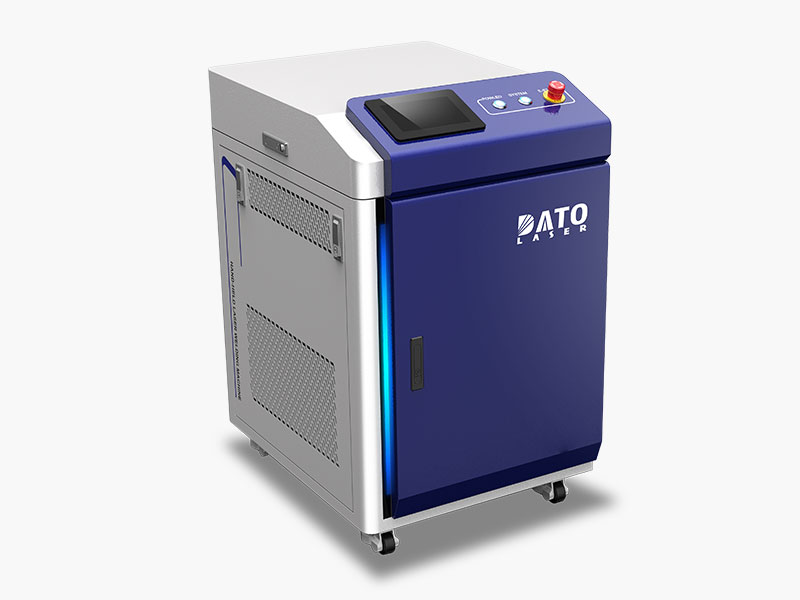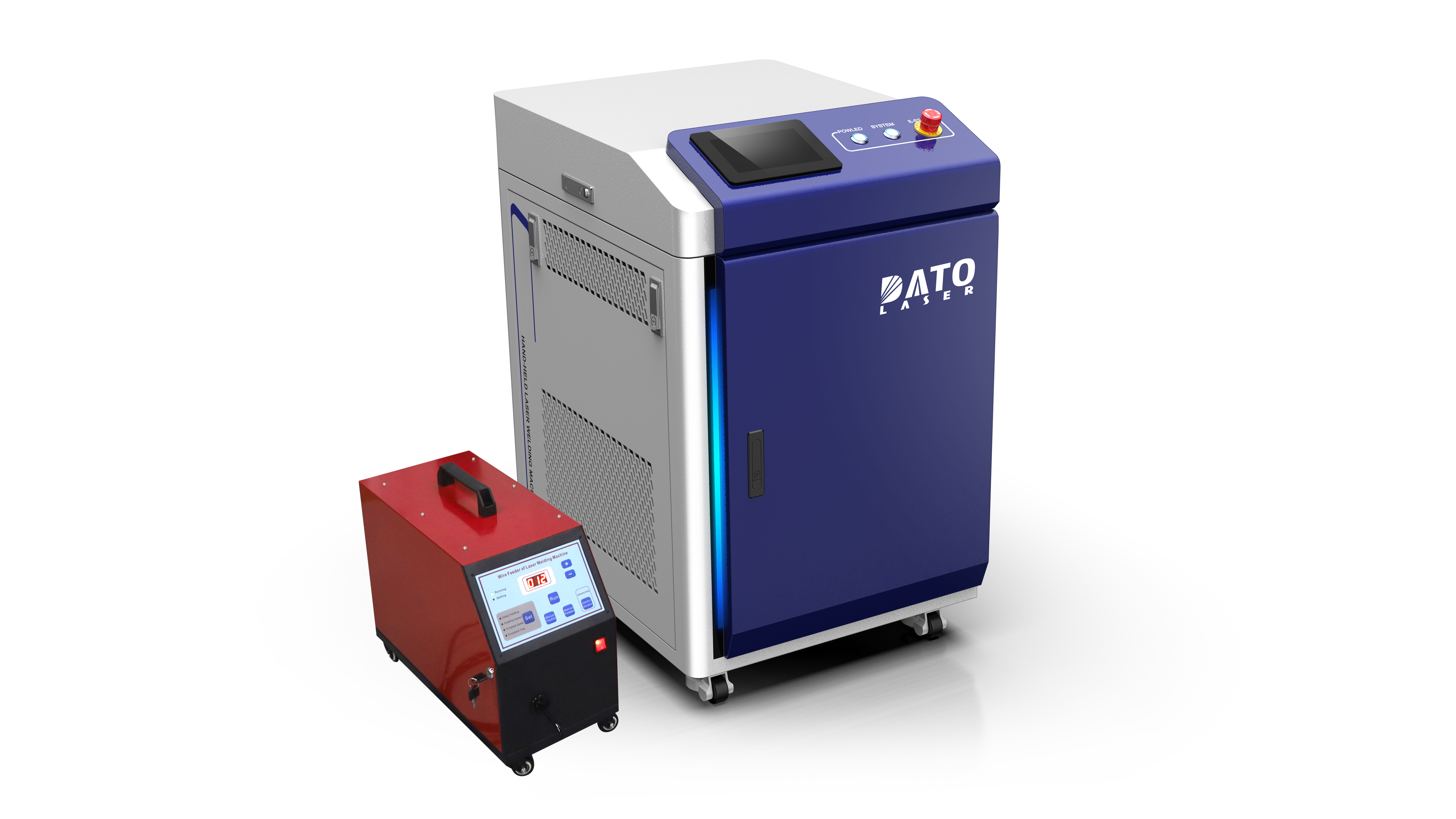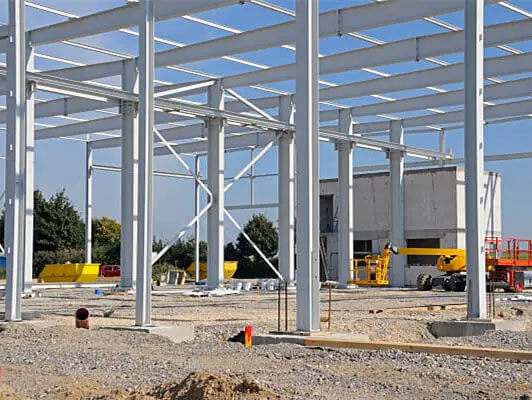Laser vs TIG Welding Benefits: A Comprehensive Guide for Modern Manufacturing

Understanding Modern Welding Technologies
The Evolution of Laser Welding
Modern laser welding has revolutionized manufacturing processes, particularly with the advent of fiber laser technology. At Dato & Leapion, our laser welding systems, such as the DT-HJ handheld series, combine precision with flexibility. These systems operate at wavelengths of 1064nm, delivering focused energy exactly where needed, resulting in exceptional weld quality.
Traditional TIG Welding Fundamentals
TIG welding has been a manufacturing staple for decades, using a tungsten electrode to create an arc with temperatures reaching 19,800°F (11,000°C). While effective, this broader heat distribution presents both advantages and limitations in modern manufacturing scenarios.
Explore our laser welding solutions
Speed and Efficiency in Manufacturing
Production Rate Analysis
Our DT-HJR robotic laser welding system demonstrates the remarkable speed advantages of laser technology. With welding speeds reaching up to 8 meters per minute in optimal conditions, it significantly outpaces traditional TIG welding, which typically operates at 0.5 to 1 meter per minute.
Real-World Example:
A metal furniture manufacturer recently transitioned from TIG to our DT-3-in-1 laser welding system for stainless steel table frames. What previously took 45 minutes to weld now requires only 12 minutes, representing a 73% reduction in production time.
Energy Efficiency Comparison
Laser welding systems, particularly our fiber laser technology, operate with significantly higher energy efficiency. The DT-HJ handheld series, for instance, achieves up to 30% energy savings compared to traditional TIG welding processes, primarily due to its precise energy delivery and reduced heat-affected zone.
Precision and Quality Control
Weld Characteristics
The fiber laser technology in our systems produces consistently narrow weld beads, typically 0.5-3mm in width. This precision is particularly valuable in applications requiring aesthetic finish, such as stainless steel kitchen equipment manufacturing. TIG welding, while capable of high-quality welds, typically creates beads 3-7mm wide.
Heat Management
Our laser welding systems provide superior heat control through:
Precise power modulation between 0-4000W
Controlled spot size adjustment
Programmable pulse shaping
Real-time temperature monitoring
Material Processing Capabilities
Versatile Material Applications
The DT-3-in-1 multifunctional laser welding workstation excels in processing various materials:
Carbon steel up to 8mm thickness
Stainless steel up to 5mm thickness
Aluminum alloys up to 4mm thickness
Copper alloys up to 3mm thickness
Real-World Example:
A commercial kitchen equipment manufacturer uses our DT-HJ handheld laser welder for joining 2mm stainless steel panels. The precise heat control prevents warping, eliminating the need for post-weld straightening, which was previously required with TIG welding.
Automation and Industry 4.0 Integration
Smart Manufacturing Capabilities
The DT-HJR robotic laser welding system represents our commitment to Industry 4.0 integration. Its advanced control system enables seamless communication with production management systems, providing real-time welding parameter monitoring and adjustment. This level of automation is challenging to achieve with traditional TIG welding processes.
Quality Monitoring Systems
Our laser welding systems incorporate advanced monitoring features that continuously track weld quality parameters. The DT-3-in-1 workstation, for example, includes real-time weld penetration monitoring and automatic parameter adjustment, ensuring consistent weld quality throughout production runs.
Discover our automation solutions
Cost Analysis and ROI
Initial Investment Considerations
While laser welding systems typically require a higher initial investment than TIG equipment, the long-term benefits often justify the cost. Consider these factors:
The DT-HJ handheld laser welder, despite its higher initial cost, typically achieves ROI within 12-18 months for most small to medium manufacturers through:
Reduced labor costs due to faster welding speeds
Lower energy consumption
Minimal post-processing requirements
Decreased material waste
Reduced rework rates
Operating Costs
Daily operation costs favor laser welding in many applications. For instance, our DT-3-in-1 system requires minimal consumables compared to TIG welding's regular electrode and shielding gas replacements. The system's efficient power usage typically results in 20-30% lower energy costs compared to equivalent TIG operations.
Operator Training and Safety
Training Requirements
Our laser welding systems feature intuitive interfaces designed for quick operator proficiency. The DT-HJ handheld series includes:
Interactive touchscreen controls
Pre-programmed welding parameters
Visual guidance systems
Real-time feedback displays
New operators typically achieve basic proficiency within one week, compared to several months for developing skilled TIG welding expertise.
Safety Protocols
Dato & Leapion prioritizes operator safety through:
Class 1 laser safety enclosures on the DT-3-in-1 workstation
Integrated safety interlocks
Automatic power cutoff systems
Comprehensive safety training programs
Regular safety certification updates
Future Trends in Welding Technology
Emerging Capabilities
Our ongoing research and development focuses on:
Enhanced beam control technology
Advanced material processing capabilities
Improved energy efficiency
Greater automation integration
Expanded parameter monitoring systems
The DT-HJR robotic system already incorporates many of these advanced features, positioning our clients for future manufacturing challenges.
Making the Right Choice for Your Application
Application Assessment
When evaluating welding technologies, consider:
Production volume requirements
Material types and thicknesses
Quality standards
Available floor space
Operator skill levels
Budget constraints
Real-World Example:
A custom metal furniture manufacturer switched from TIG to our DT-HJ handheld laser welder for their stainless steel table production. The transition resulted in:
70% reduction in welding time
50% decrease in post-weld cleaning
90% reduction in material distortion
Improved weld aesthetic quality
Enhanced product consistency
Conclusion
While both laser and TIG welding have their place in modern manufacturing, laser welding technology offers significant advantages in speed, precision, and automation capability. The choice between these technologies should be based on careful consideration of your specific manufacturing requirements and long-term production goals.
Our range of laser welding solutions, from the versatile DT-HJ handheld to the advanced DT-HJR robotic system, provides options for various manufacturing needs. We invite you to explore how these technologies can enhance your production efficiency and product quality.
Related Blogs
-
 Exploring the Safety, Precision, and Industrial Benefits of Laser Surface CleaningIn today’s fast-paced industrial world, where quality, efficiency, and sustainability are top priorities, manufacturers are constantly seeking better ways to clean metal surfaces without compromising material integrityBlog
Exploring the Safety, Precision, and Industrial Benefits of Laser Surface CleaningIn today’s fast-paced industrial world, where quality, efficiency, and sustainability are top priorities, manufacturers are constantly seeking better ways to clean metal surfaces without compromising material integrityBlog -
 A Complete Guide by DATO and LeapionIn modern industry, surface preparation and maintenance play a crucial role in achieving high-quality manufacturing results. Laser cleaning machines have emerged as one of the most innovative, efficient, and environmentally friendly tools for removing contaminantsBlog
A Complete Guide by DATO and LeapionIn modern industry, surface preparation and maintenance play a crucial role in achieving high-quality manufacturing results. Laser cleaning machines have emerged as one of the most innovative, efficient, and environmentally friendly tools for removing contaminantsBlog -
 Laser cleaning machines are revolutionizing industrial surface cleaning by offering a faster, safer, and more eco-friendly alternative to traditional methods. Whether removing rust, paint, oil, oxide, or other surface contaminants, laser cleaning has become a cutting-edge solution in manufacturing,Blog
Laser cleaning machines are revolutionizing industrial surface cleaning by offering a faster, safer, and more eco-friendly alternative to traditional methods. Whether removing rust, paint, oil, oxide, or other surface contaminants, laser cleaning has become a cutting-edge solution in manufacturing,Blog -
 Introduction: Transforming EV Battery Manufacturing Through Laser TechnologyThe electric vehicle revolution has accelerated dramatically over the past decade, bringing with it unprecedented challenges and opportunities in battery manufacturing. As global automakers commit billions to electrificationBlog
Introduction: Transforming EV Battery Manufacturing Through Laser TechnologyThe electric vehicle revolution has accelerated dramatically over the past decade, bringing with it unprecedented challenges and opportunities in battery manufacturing. As global automakers commit billions to electrificationBlog















